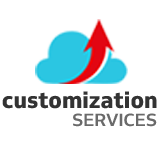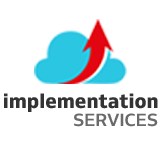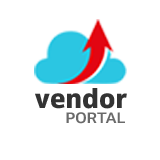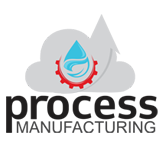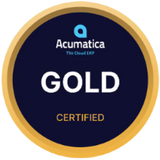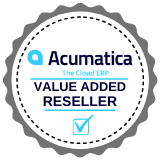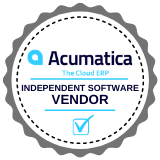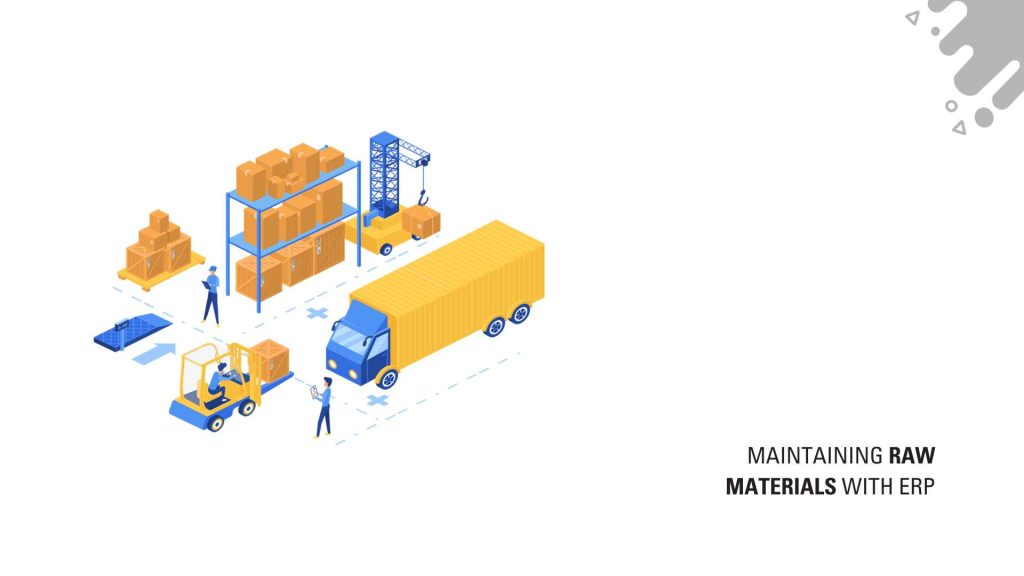In the realm of manufacturing, the lifecycle of a product begins with its raw materials. From the moment goods arrive to their transformation in production and finally to the delivery of the finished product, monitoring raw material consumption is a linchpin in operational success.
In the nascent stages of a business, the simplicity of managing warehouses with basic tools like books or whiteboards seems feasible. After all, the primary focus remains on product delivery to foster customer trust and brand establishment. However, as businesses expand and operational intricacies intensify, the manual monitoring of production becomes an uphill task, demanding dedicated resources.
This pivotal shift in focus from mere production to the intricate monitoring of raw material consumption and warehouse efficiency heralds a need for a transformative solution in ERP software.
Implementing ERP software marks a watershed moment for businesses, catalyzing a leap to the next echelon. It becomes the central nervous system, orchestrating and synchronizing every facet of operations related to raw material consumption.
Here’s how ERP software becomes the game-changer:
Streamlined Consumption Tracking: ERP software provides real-time visibility into raw material inflow, production process usage, and the final product’s culmination. This level of granularity empowers businesses to make informed decisions swiftly.
Efficiency Amplification: ERP software liberates valuable human resources from manual monitoring tasks by automating data collection and analysis. It allows personnel to focus on strategic initiatives, enhancing overall operational efficiency.
Precision in Inventory Management: ERP systems offer precise inventory insights, enabling businesses to optimize stock levels, prevent overstocking or shortages, and minimize costs while maximizing productivity.
Holistic Operational Integration: ERP seamlessly integrates diverse operational segments like procurement, manufacturing, sales, and finance, fostering synergy and ensuring a cohesive approach towards raw material consumption management.
Scalability and Adaptability: As businesses evolve, ERP software scales accordingly, accommodating increased complexities and adapting to changing needs, ensuring sustained support for growth trajectories.
Data-Driven Decision Making: Leveraging comprehensive data insights from ERP systems, businesses can make data-driven decisions, predict trends, and preemptively mitigate potential bottlenecks in the raw material supply chain.
Compliance and Traceability: ERP software enables meticulous traceability of raw materials, ensuring compliance with regulatory standards, thereby enhancing transparency and credibility.
Adopting ERP software marks a transformative leap for businesses, propelling them from labor-intensive, manual monitoring to an era of seamless, data-driven, and efficient raw material consumption management.
As businesses navigate the dynamic landscape of manufacturing, the utilization of ERP software emerges as not just a choice but a strategic imperative, paving the way for sustained growth, operational excellence, and fortified brand credibility.
Conclusion:
In summary, Acumatica ERP is a beacon in revolutionizing the monitoring of raw material consumption, propelling businesses towards enhanced efficiency and operational agility. With its robust capabilities in streamlining consumption tracking, optimizing inventory management, and facilitating data-driven decision-making, Acumatica ERP becomes the catalyst for transformative change.
By seamlessly integrating operations and offering scalability, Acumatica empowers businesses to navigate the complexities of raw material management with precision, fostering sustainable growth and fortified competitiveness in the ever-evolving manufacturing landscape.

Vijay comes with a vast experience in ERP and enterprise solutions space with about 20 years of experience in various packaged application like Acumatica, SAP, Orion, Salesforce.com, SugarCRM and, SalesLogix.




